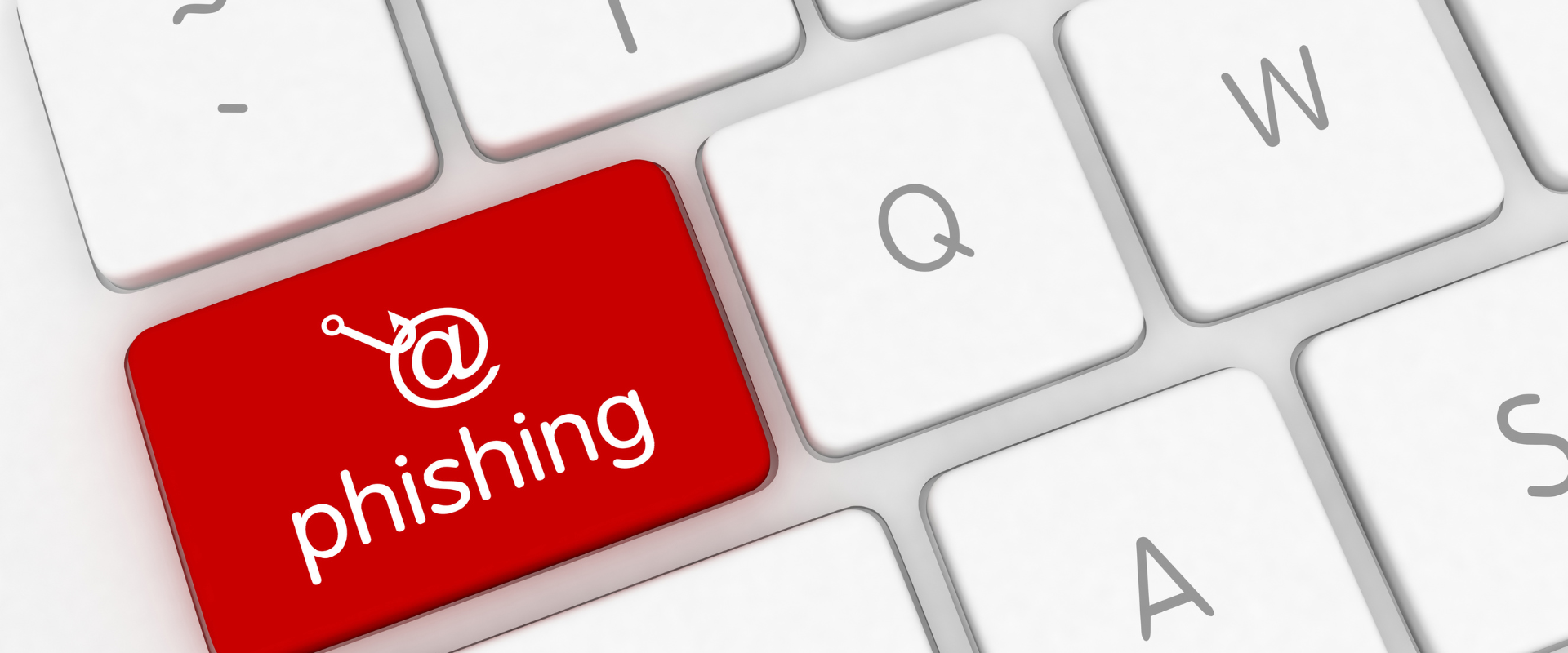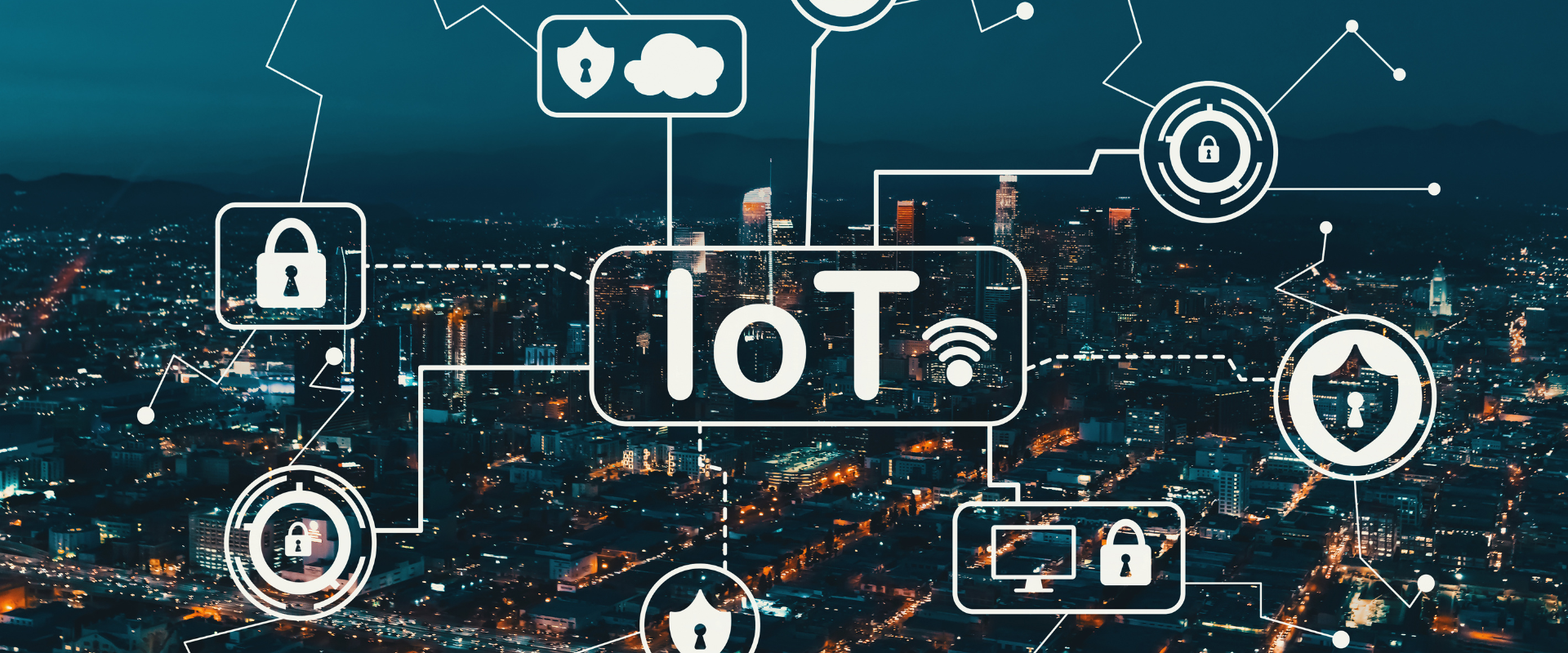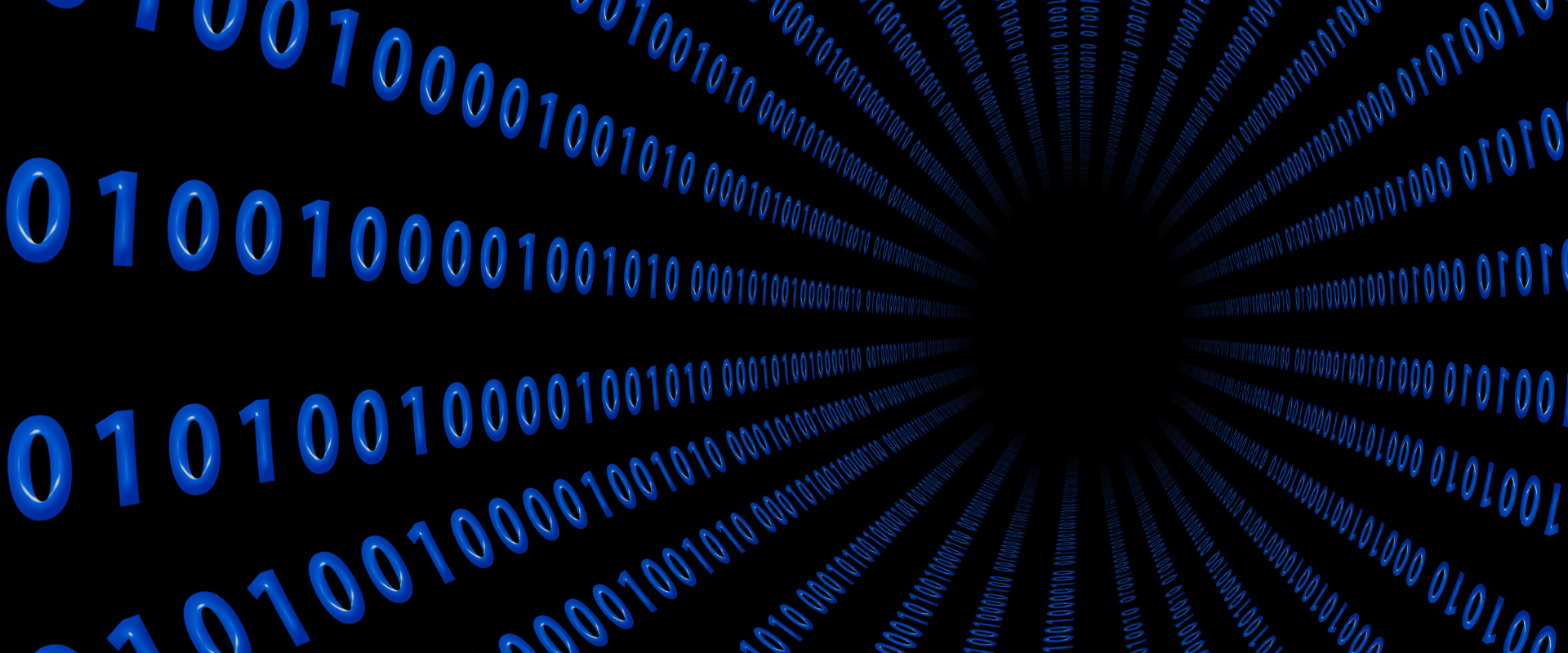
Phishing Evolution: How Modern Attacks Target Your Business
By, Webmaster
- 1 Oct, 2025
- 4.3k Views
The Rise of Sophisticated Phishing Attacks
Phishing has evolved far beyond the generic “click this link” emails of the past. Today, attackers leverage AI, social engineering, and publicly available information to craft highly convincing messages that target employees, executives, and clients. Social media profiles, company websites, and even previous data breaches provide attackers with material to make their communications appear legitimate. The result is phishing campaigns that are difficult to detect, capable of bypassing traditional email filters, and highly damaging if successful.
Modern phishing isn’t just about stealing credentials; it can lead to ransomware deployment, financial fraud, and operational disruption. Organizations need to understand this evolution and adopt proactive strategies that combine technology, employee awareness, and process controls.
How Phishing Attacks Work
Phishing attacks follow a systematic approach:
Target Research: Cybercriminals gather detailed information about employees, executives, and partners. They study social media activity, organizational structure, and any available leaked credentials.
Message Crafting: Attackers craft emails, SMS, or chat messages that mimic trusted sources, often using personalized details to increase credibility.
Delivery & Exploitation: Messages prompt recipients to click malicious links, open infected attachments, or disclose sensitive information such as passwords or financial credentials.
Impact: Successful attacks may lead to data theft, system compromise, malware infection, or unauthorized financial transactions.
The Modern Phishing Threat Landscape
Spear Phishing: Highly targeted attacks against individuals, leveraging personal or professional information.
Business Email Compromise (BEC): Fraudulent emails impersonate executives or partners to instruct employees to transfer funds or share sensitive information.
AI-Generated Phishing: Machine learning algorithms craft messages tailored to each recipient, increasing the likelihood of success.
Multi-Vector Phishing: Attackers use a combination of email, SMS, voice, and social media to increase reach and effectiveness.
Clone Phishing: Legitimate emails are copied and modified with malicious content to trick recipients into trusting them.
Credential Stuffing Integration: Compromised passwords from previous breaches are combined with phishing campaigns for account takeovers.
Strategies to Protect Your Organization
Defending against modern phishing requires a comprehensive, layered approach:
Employee Training & Awareness: Conduct frequent training to help staff recognize phishing tactics, suspicious links, and unusual requests. Simulate phishing exercises to reinforce learning.
Multi-Factor Authentication (MFA): Enforce MFA on all accounts to protect systems even if credentials are compromised.
Email Filtering & Threat Detection: Deploy AI-driven email security tools to detect malicious attachments, spoofed senders, and suspicious links in real time.
Incident Response Planning: Develop protocols for suspected phishing incidents, including containment, credential resets, investigation, and stakeholder communication.
Continuous Monitoring & Analytics: Monitor unusual login patterns, network activity, and anomalies to detect attacks early.
Policy & Governance: Establish clear rules for verifying financial requests, handling sensitive data, and reporting suspicious communications.
Conclusion
Phishing has become a highly sophisticated, multi-faceted threat that can compromise sensitive data, financial assets, and corporate reputation. The combination of AI, social engineering, and targeted research makes modern phishing attacks more dangerous than ever.
Organizations that integrate technology, continuous employee education, and robust protocols are better positioned to detect, prevent, and respond to these threats. Treating phishing prevention as a strategic priority ensures business continuity, safeguards sensitive information, and maintains trust in an increasingly digital and interconnected business environment.
Recent Posts
- IoT Security Risks: How Connected Devices Are Expanding the Cyberattack Surface
- Data Breaches: Understanding the Real Cost of a Cyberattack
- Deepfake Fraud: The New Frontier of Cybercrime
- Cloud Security Challenges: How to Protect Your Data in a Borderless Digital World
- AI in Cybersecurity: How Artificial Intelligence is Changing the Fight Against Cyber Threats
Category
- Cyber Security (86)
- Vulnerability Assessment (70)







